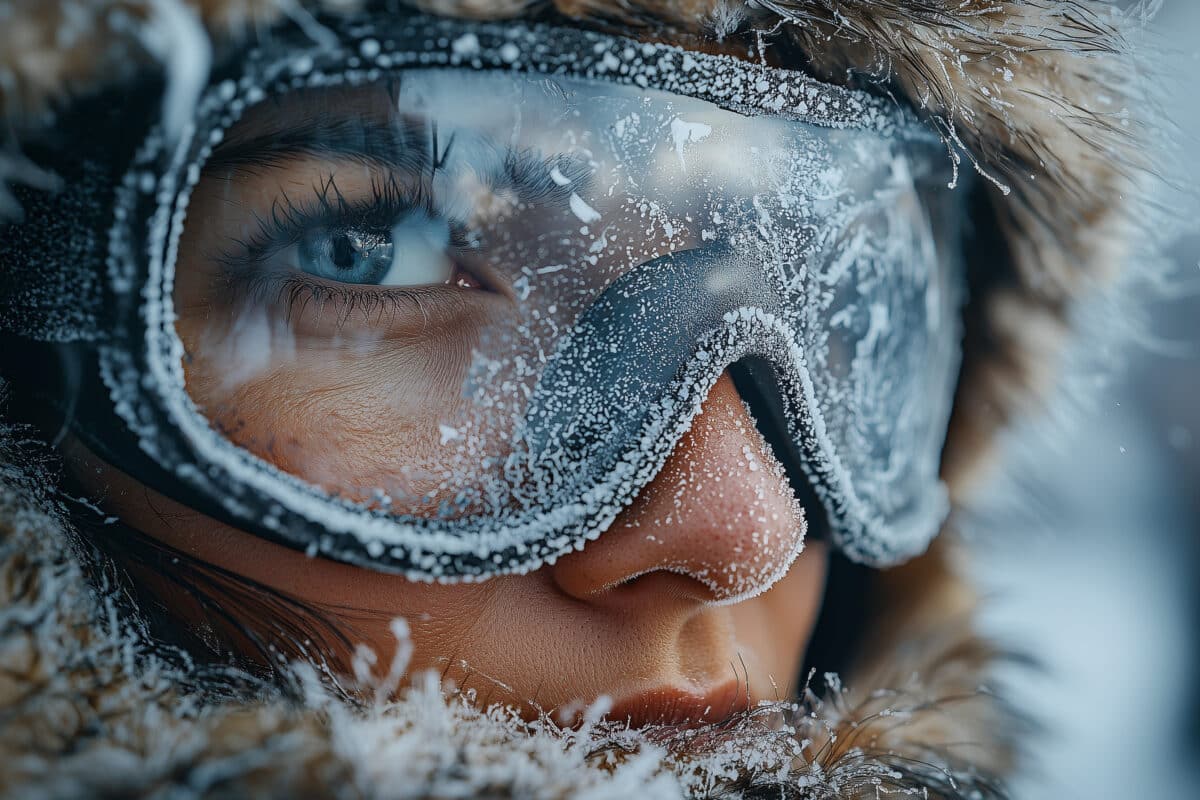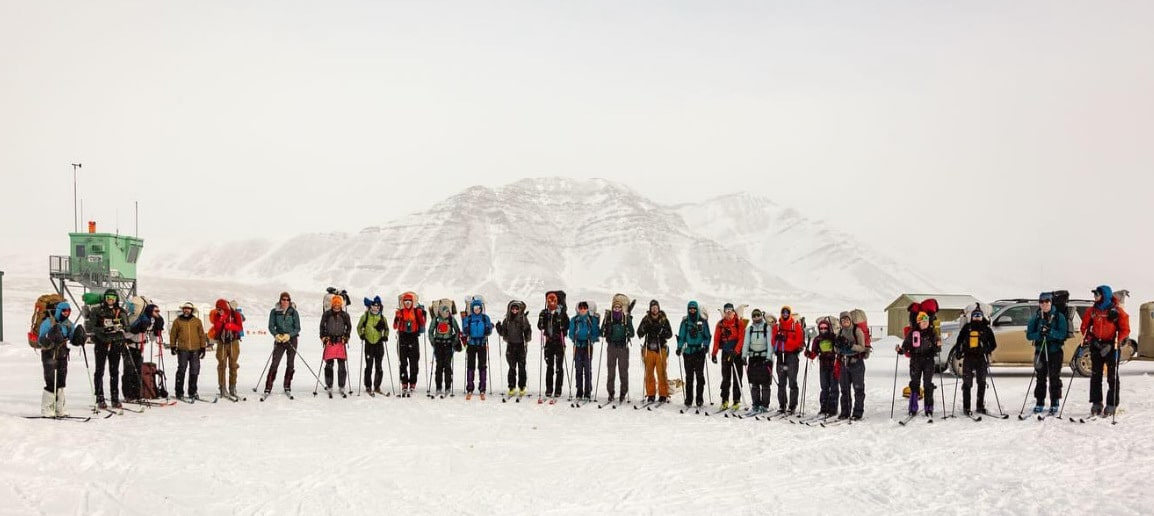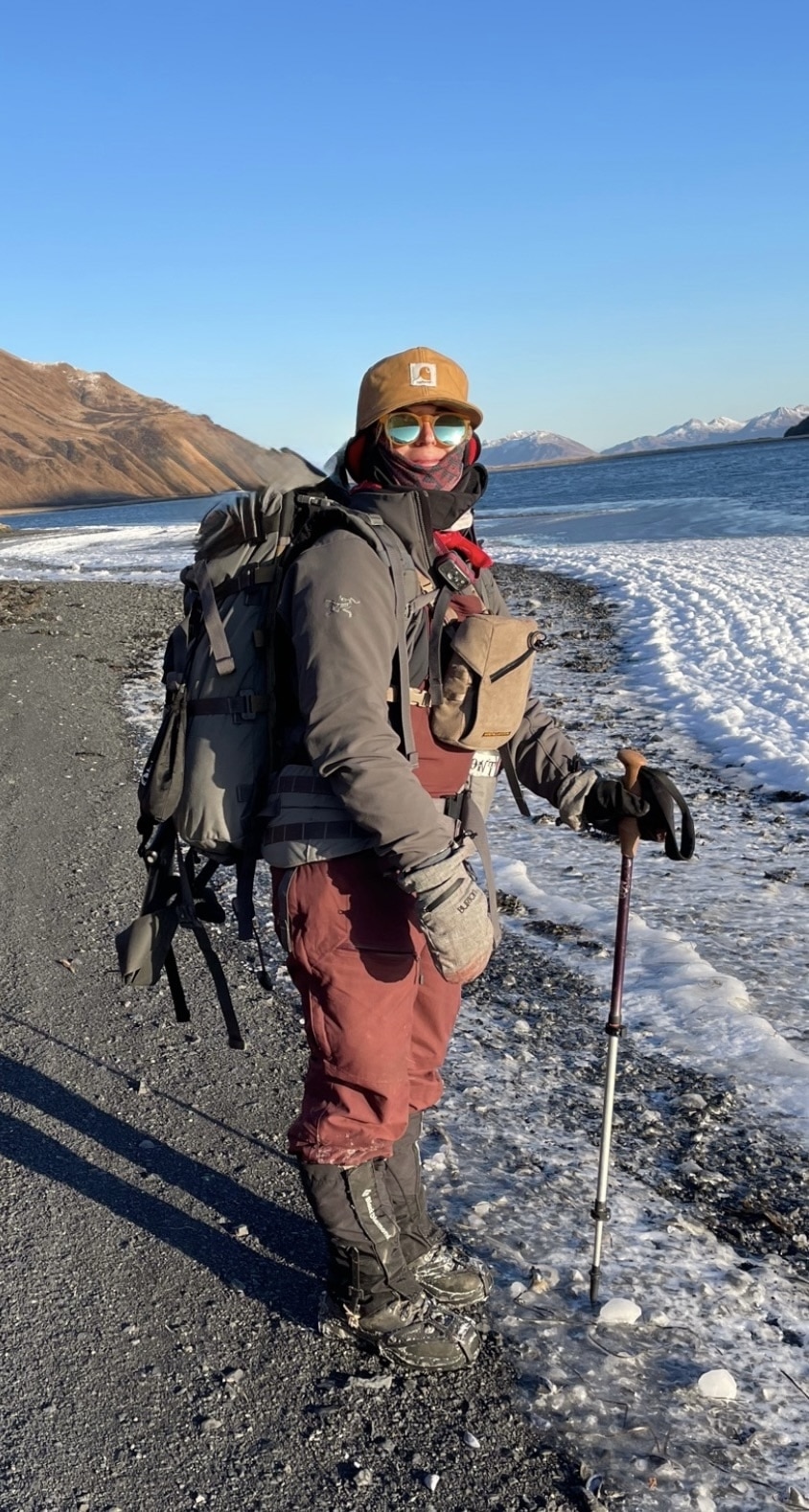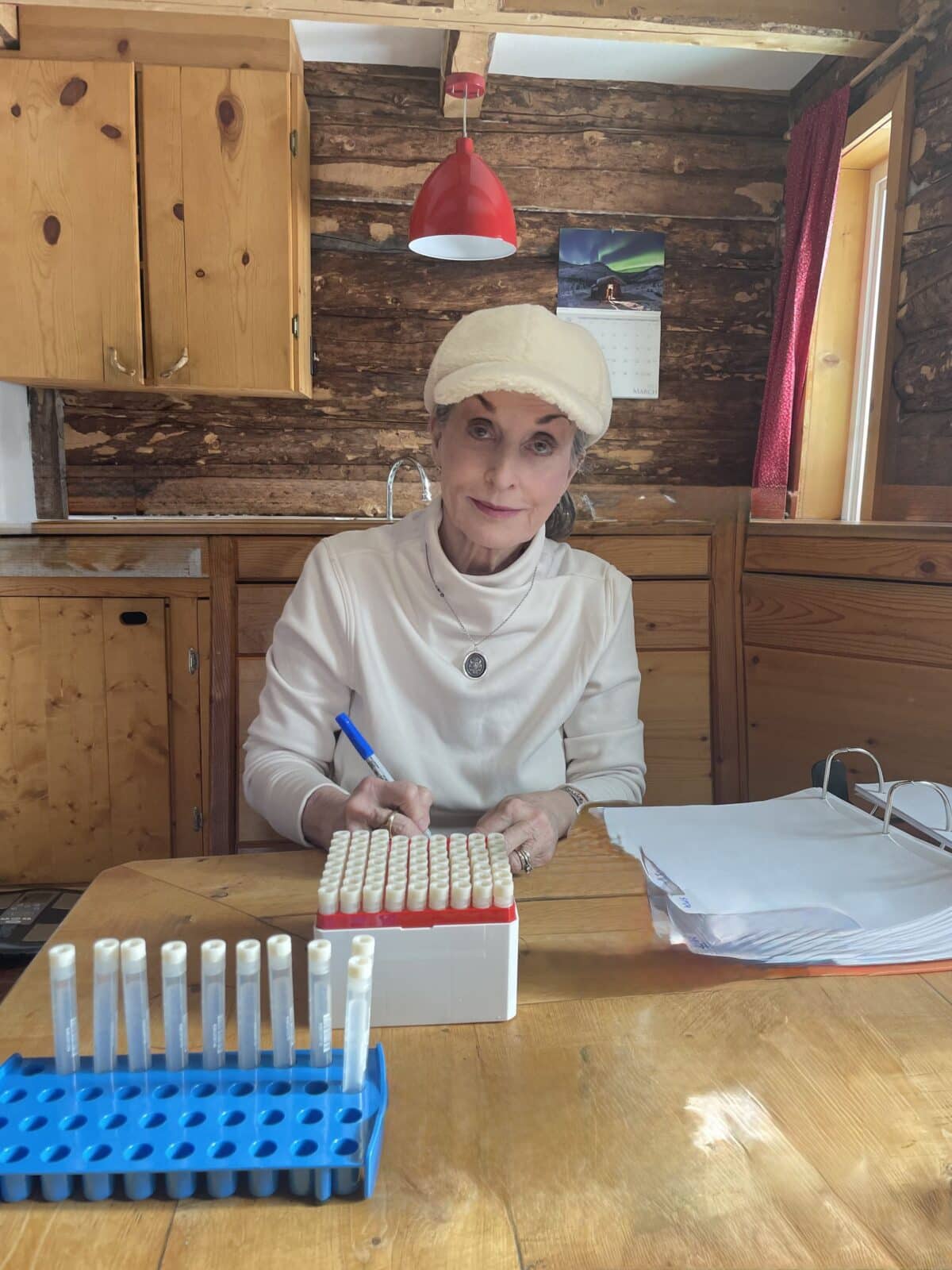
(Conceptual image generated by © Dinusha - stock.adobe.com)
In a nutshell
- Women display greater metabolic efficiency than men during Arctic expeditions when energy expenditure is calculated relative to total weight carried.
- Despite burning 5,000-7,500 calories daily in extreme cold, both male and female participants maintained their muscle mass throughout the week-long journey.
- Women may have an “Arctic shift” advantage where cold-induced thermogenesis activates at lower temperatures, potentially reducing metabolic demands in extreme cold.
MISSOULA, Mont. — Female athletes might have a hidden advantage when it comes to endurance and resilience in extreme cold environments, according to new Pentagon-funded research. While men burned more total calories during an Arctic expedition, women demonstrated better efficiency when considering the weight they carried through one of Earth’s most brutal environments.
The Ultimate Wilderness Challenge
The Alaska Mountain Wilderness Ski Classic isn’t your typical race. It is a unique test of human limits, requiring participants to traverse 220-260 kilometers through remote mountain ranges in Alaska under Arctic winter conditions, relying solely on their navigation skills and equipment choices. Unlike typical races, there are no trails, aid stations, trophies, or awards—just the raw challenge of self-reliance in extreme cold.
The study tracked 20 participants (8 women and 12 men) during the unscripted Arctic expedition. These incredible athletes braved temperatures plunging to -36°C, wind chills reaching -49°C, and complete isolation from modern infrastructure.
“Few investigations have evaluated sex-specific physiological responses under extreme cold and isolated circumstances,” the researchers note in their study introduction, published in Frontiers in Physiology.
Led by researchers from the University of Montana and the Universiy of Wisconsin, the study used doubly labeled water—a technique where participants drink water containing traceable isotopes—to measure energy expenditure. This method tracks how the isotopes leave the body, allowing scientists to calculate carbon dioxide production and energy use with high precision. Body composition measurements before and after the expedition showed how the journey affected participants physically.

The Female Efficiency Advantage
Men burned significantly more energy daily (31.1 megajoules versus women’s 20.8 megajoules). However, when researchers accounted for fat-free mass—the metabolically active tissue in the body—the numbers evened out: 0.45 megajoules per kilogram of fat-free mass for men and 0.42 for women.
This pattern has been observed in other scenarios but rarely in such extreme conditions. What makes this study particularly noteworthy is the finding about efficiency relative to total load carriage.
The researchers discovered that energy expenditure divided by total load (body weight plus pack weight) was significantly lower in women than men throughout the expedition, suggesting “greater functional efficiency in females during this expedition.” In practical terms, women were getting more mileage out of each calorie when factoring in the weight they were carrying.
“Our observation is congruent with those that show women to be potentially more resistant to performance fatigability,” the researchers note, referencing previous studies suggesting women might be less susceptible to peripheral fatigue than men.
This pattern matches other research indicating women may handle certain aspects of endurance differently. Some studies suggest women might use fat as a fuel source more effectively during prolonged exercise—a potential advantage in multi-day scenarios where conserving energy becomes critical.

Survival Strategies in Extreme Cold
An unexpected discovery involved water consumption. Participants drank 30-50% less water than athletes in warm-environment events. This wasn’t just about preference—obtaining liquid water in sub-zero temperatures is challenging, and excessive sweating can be deadly when moisture freezes on the body.
Athletes had to carefully balance physical activity and clothing insulation. Too much exertion leads to sweating that can freeze; too little movement risks hypothermia from insufficient heat generation.
Despite burning 5,000-7,500 calories daily over 7-8 days, participants maintained their muscle mass throughout the expedition, demonstrating the human body’s remarkable ability to preserve critical tissues even in extreme conditions.

These findings align with other extreme environment research. As the researchers explain in a press release: “In studying physiological resilience in athletes participating in the Yukon Arctic Ultra (YAU), the longest and coldest ultramarathon in the world… despite males having greater amounts of lean tissue mass and less fat mass compared to females, the number of finishers in both sexes is essentially equivalent.”
The research challenges assumptions about gender differences in endurance performance and highlights the importance of efficiency over raw power in survival situations—pointing to capabilities in women that may have been historically underestimated due to research gaps.
“Although men have historically dominated protective roles in society, emerging data from endurance events conducted in extreme environments suggest that women may be equally, if not more, metabolically resilient under physical and nutritional stress,” the researchers conclude.
Paper Summary
Methodology
Twenty adult participants (8 females, average age 41, and 12 males, average age 38) with similar BMIs (approximately 22.7-22.8 kg/m²) completed the Alaska Mountain Wilderness Ski Classic, a self-supported expedition 200 km north of the Arctic Circle. Researchers used the doubly labeled water method to measure total energy expenditure and water turnover. Body composition was assessed using multi-frequency bioelectrical impedance before and after the expedition. Pack weights were measured at the beginning and end of the expedition. The researchers calculated energy expenditure relative to fat-free mass and total load carriage (body weight plus pack weight). The expedition lasted approximately 7-8 days, with participants covering 220-260 km in temperatures ranging from -36°C to -6°C.
Results
Men exhibited higher absolute total energy expenditure (31.1 MJ/day) compared to women (20.8 MJ/day). However, when expressed relative to fat-free mass, energy expenditure was similar between women (0.42 MJ/FFM/day) and men (0.45 MJ/FFM/day). Energy expenditure relative to total load carriage was significantly lower in women compared to men, suggesting women may have greater functional efficiency in these conditions. Water turnover was 30-50% lower than reported in athletes exercising in warmer environments, likely due to limited water availability, self-regulated exercise intensity to avoid excessive sweating, and the cold environment. Despite high energy expenditure, fat-free mass was preserved in both male and female participants.
Limitations
The study had several limitations: sleep patterns were not measured, though conversations with participants indicated they slept only 4-5 hours per night. Skin and core temperatures were not monitored, which might have revealed differences in thermoregulation strategies. The researchers did not control for or evaluate menstrual status in female participants, which could potentially influence metabolic and hormonal profiles. The study relied partly on bioelectrical impedance for body composition measurements, which has known limitations in accuracy compared to more advanced methods.
Funding/Disclosures
The research was supported by the United States Department of Defense, Air Force Research Laboratory (grant number FA8650-19-C-6124). The authors declared no conflicts of interest, though one author noted they were an editorial board member of Frontiers at the time of submission.
Publication Information
The study, “Sex-specific energy expenditure during the Alaska mountain wilderness ski classic; insights from an Arctic winter expedition,” was published in Frontiers in Physiology (volume 16, article 1543834) on April 29, 2025. The authors include Melynda S. Coker, Michelle N. Ravelli, Timothy C. Shriver, Dale A. Schoeller, Dustin R. Slivka, Brent C. Ruby, and Robert H. Coker from the University of Montana and University of Wisconsin.







